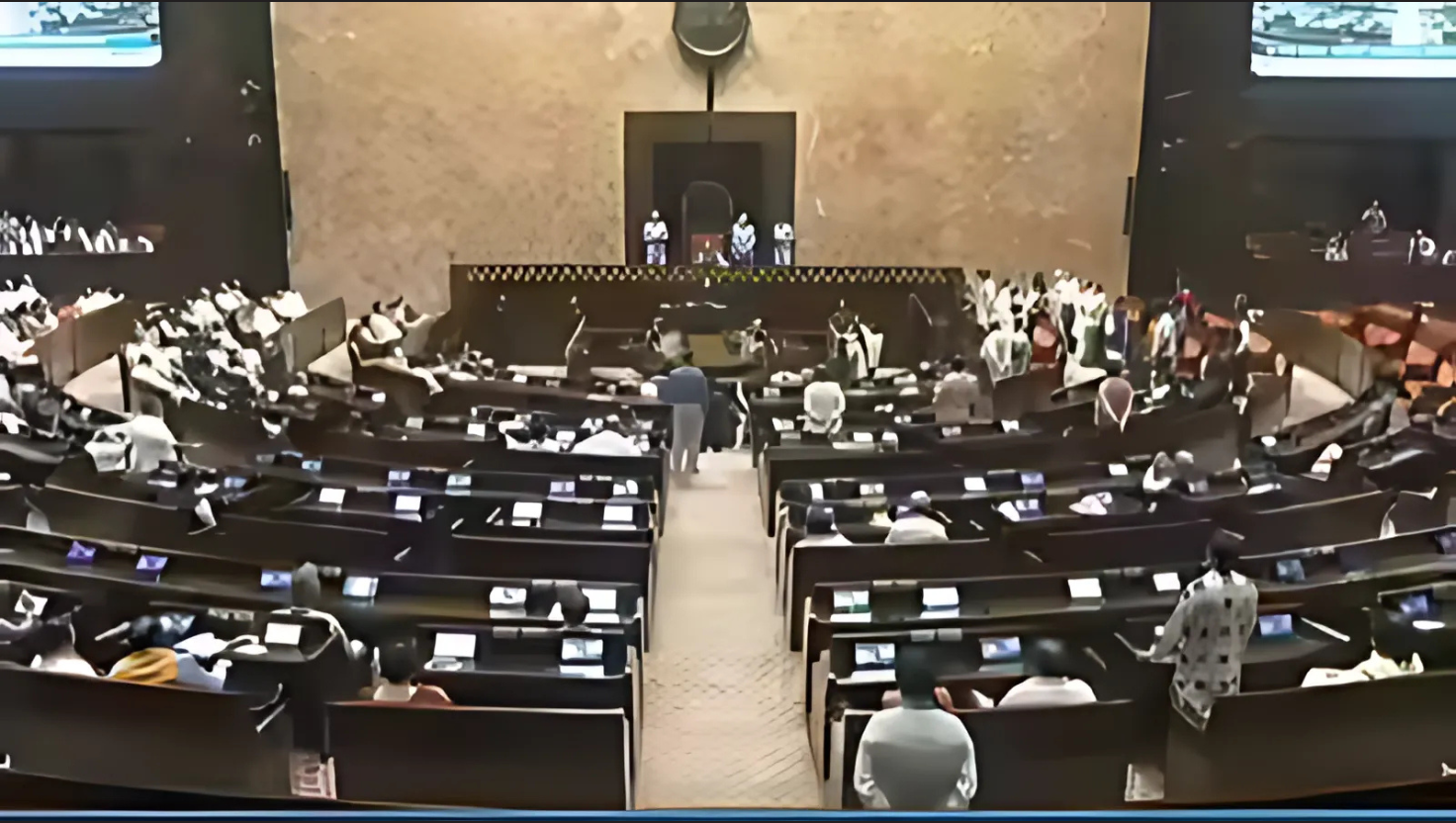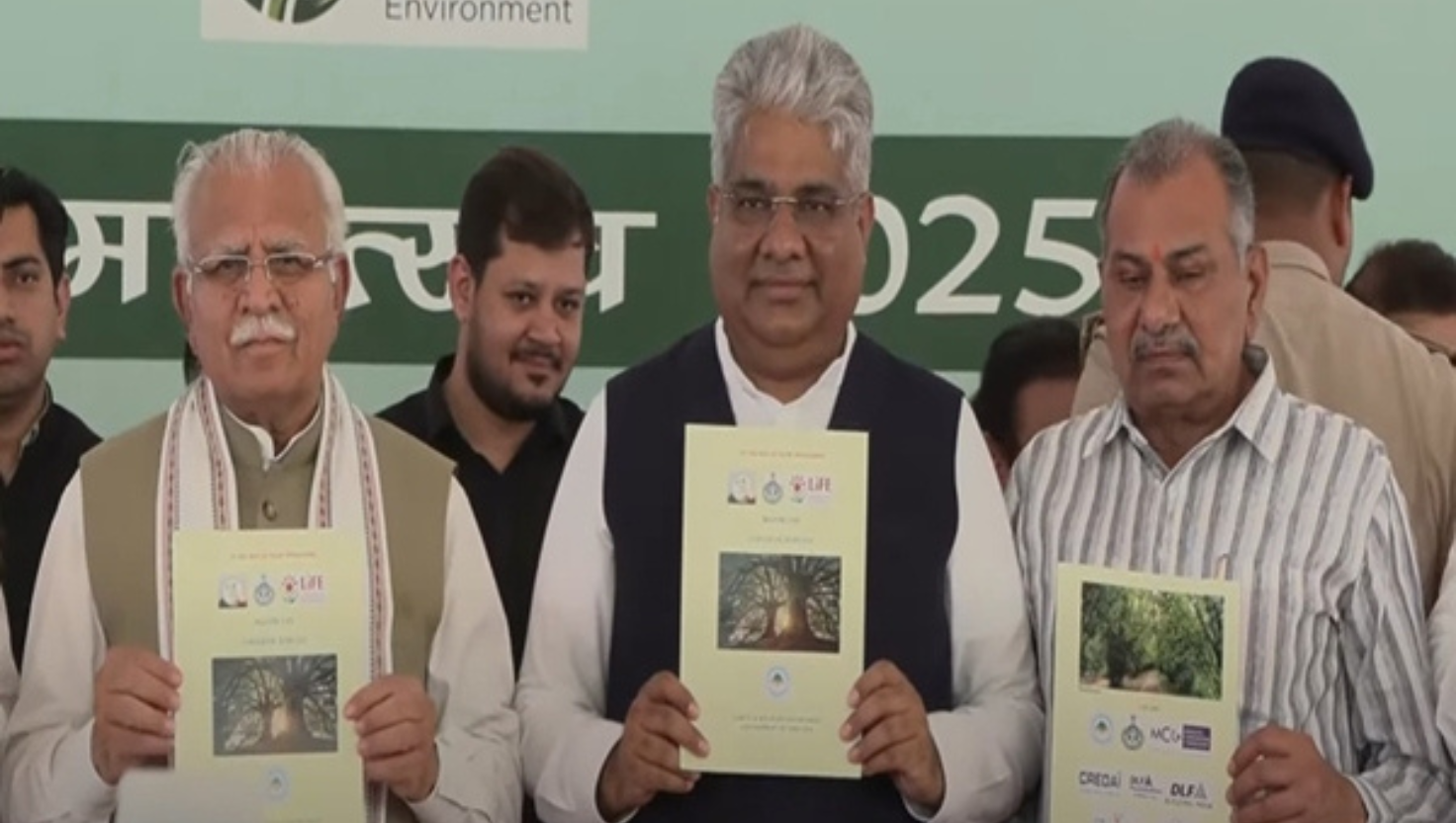Kyoto Protocol: A Legally Binding Milestone in Climate Governance
Syllabus: Environment | Climate Change Agreements (UPSC GS III)
What Is the Kyoto Protocol?
The Kyoto Protocol (1997) is a legally binding international treaty that committed developed countries to reduce greenhouse gas (GHG) emissions. It is an extension of the UNFCCC (1992) and was adopted on 11 December 1997 in Kyoto, Japan. Due to the complex ratification process, it came into force on 16 February 2005. As of 2022, 192 countries are parties to it.
Objective of the Protocol
To stabilize GHG concentrations in the atmosphere at a level that would prevent dangerous human-induced interference with the climate system.
Key Greenhouse Gases Covered
The Protocol regulates six GHGs:
- Carbon dioxide (CO₂)
- Methane (CH₄)
- Nitrous oxide (N₂O)
- Hydrofluorocarbons (HFCs)
- Perfluorocarbons (PFCs)
- Sulfur hexafluoride (SF₆)
Binding Commitments and Principles
- The Protocol follows the principle of Common But Differentiated Responsibilities (CBDR–RC).
- Only developed (Annex I) countries had legally binding emission reduction targets.
- Developing countries, including India and China, were exempted from mandatory cuts.
Commitments and Targets
- Annex B countries (37 developed nations + EU) had to reduce emissions by an average of 5% below 1990 levels during 2008–2012 (First Commitment Period).
- The Second Commitment Period (2013–2020) was adopted through the Doha Amendment (2012), with targets of 18% reduction below 1990 levels.
Market-Based Mechanisms
To help meet targets cost-effectively, three flexible mechanisms were introduced:
- International Emissions Trading – Trade unused emission allowances.
- Clean Development Mechanism (CDM) – Developed nations invest in emission-reducing projects in developing countries and earn credits.
- Joint Implementation (JI) – Developed countries invest in other developed countries’ emission-reduction projects for credits.
Monitoring and Compliance
- The Kyoto Protocol includes strict monitoring, reporting, and verification rules.
- A Compliance Committee ensures transparency and accountability.
- Countries were to maintain detailed emissions records and trading data.
India and the Kyoto Protocol
- India was not required to reduce emissions but actively participated via CDM projects.
- India emphasized equity and differentiated responsibilities.
- India ratified the Doha Amendment (Second Commitment Period) in 2017, becoming the 80th country to do so.
Key Facts at a Glance
- Adopted: 11 Dec 1997 | Entered into force: 16 Feb 2005
- 192 Parties, 84 signatories
- U.S., Canada, South Sudan are not parties
- China signed in 1998, but had no mandatory target
- Protocol excludes aviation, shipping, and ozone-depleting substances
- Land Use, Land Use Change, and Forestry (LULUCF) counted in targets
Paris Agreement vs Kyoto Protocol
| Feature | Kyoto Protocol | Paris Agreement |
|---|---|---|
| Type of Commitment | Legally binding for developed | Voluntary NDCs for all countries |
| Parties Obligated | Only developed countries | All countries (universal) |
| GHG Targets | Based on 1990 levels | Self-determined (NDCs) |
| Ratification by U.S. | Not ratified | Rejoined under Biden in 2021 |
| India’s Role | No emission targets | Submitted its own NDCs |
| Legal Nature | Rigid and top-down | Flexible and bottom-up |
Significance of the Kyoto Protocol
- First legally binding climate treaty targeting GHG reduction.
- Established accountability, carbon trading, and monitoring.
- Paved the way for international climate negotiations.
- Enabled technology transfer through mechanisms like CDM.
Limitations
- Several major emitters withdrew or didn’t ratify (e.g., USA, Canada).
- Weak enforcement mechanisms.
- No binding targets for developing countries, including big emitters.
- Lack of global participation limited overall climate impact.
Conclusion
The Kyoto Protocol was a landmark treaty in international climate law. Despite its limited coverage, it laid the foundation for global cooperation and legally binding emission targets. Though later superseded by the Paris Agreement, it remains a critical milestone in environmental diplomacy and continues to shape global climate frameworks.











